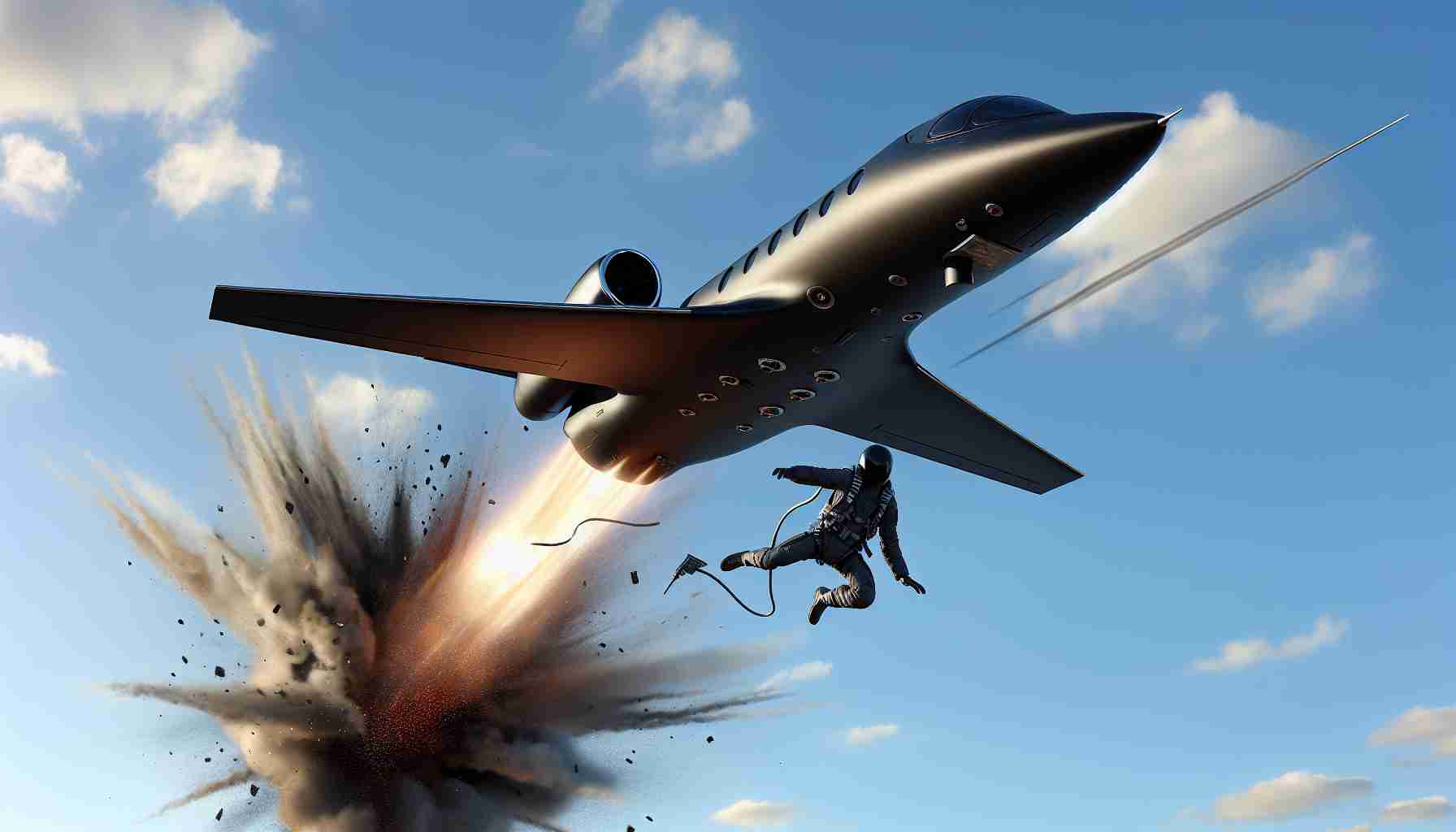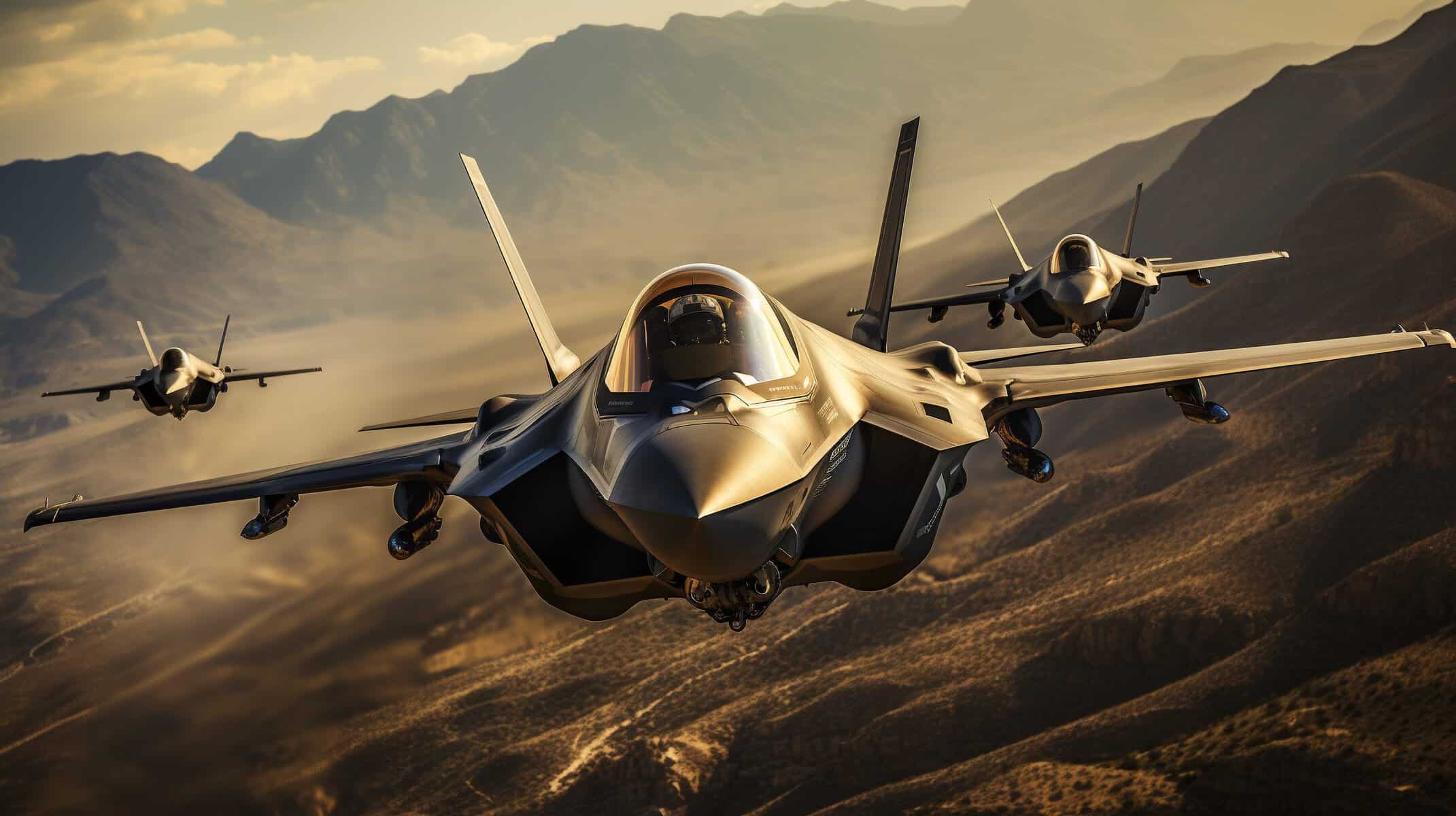A Marine Corps investigation has unveiled a perplexing incident surrounding a pilot’s decision to eject from a state-of-the-art stealth fighter jet over South Carolina. According to recent findings, a pivotal yet “inappropriate” choice was made by the pilot, who abandoned the F-35 Lightning II, one of the most advanced military aircraft valued at $100 million.
The investigation reveals that the pilot misjudged the situation, concluding that the aircraft was in an out-of-control flight, resulting in an unnecessary ejection, as reported by CBS News. Strikingly, the unmanned aircraft continued its journey autonomously for over 11 minutes, eventually crashing in a remote area of forest and farmland 70 miles from the ejection site. The wreckage was discovered only the following day.
System Failures Under Intense Conditions
Further details from the incident report highlight multiple technical failures the pilot faced, such as electrical and display malfunctions, while manoeuvring to land amidst challenging weather conditions at Joint Base Charleston. The pilot, identified by Military.com as Col. Charles “Tre” Del Pizzo, experienced major disorientation. His radios and helmet displays failed, leading to a loss of situational awareness.
Despite no evidence of dereliction of duty, Col. Del Pizzo faced repercussions, including removal from his command position. Expressing his views to the Marine Corps Times, he emphasised the lack of punitive recommendations and adherence to protocols during the event.
The investigation also pointed out flaws in the F-35’s training manual, suggesting the need for clearer definitions concerning out-of-control scenarios. The incident underscores pressing issues in pilot training and aircraft systems, sparking discussions on the efficacy of combat aviation protocols.
Stunning Revelation: The Hidden Challenges and Controversies Surrounding Advanced Military Aviation
Unveiling Hidden Complexities of Stealth Jet Operations
Stealth fighter jets, like the F-35 Lightning II, are marvels of modern military technology. However, recent investigations into an unexpected pilot ejection incident have shed light on the complex realities of operating these advanced machines. Beyond the headlines lies a deeper narrative that touches the very heart of military aviation culture, training, and safety protocols.
Impact on Military Aviation and Pilots’ Lives
The incident opens a window into the rigorous demands placed on military pilots and the formidable challenges they face. Operating an F-35, valued at approximately $100 million, requires extensive training and exquisite attention to detail. Yet, even seasoned pilots can find themselves in situations fraught with danger due to technical malfunctions or unexpected environmental conditions.
For communities and countries relying on these aircraft to bolster defence systems, incidents like these trigger debates about the reliability and costs associated with such advanced weaponry. The financial implications of losing a cutting-edge aircraft unexpectedly could have repercussions on military budgets and future procurement decisions.
Advantages and Disadvantages of High-Tech Military Equipment
Advanced jets like the F-35 offer unparalleled stealth capabilities and advanced avionics, making them a strategic asset in modern warfare. Their ability to evade radar and perform complex manoeuvres provides a significant tactical advantage.
However, the complexity of these systems also presents notable challenges. The inherent sophistication of the technology means that even minor technical issues, compounded under stressful conditions, can lead to catastrophic outcomes. This incident emphasises the need for thorough understanding and robust training to mitigate such risks effectively.
Rethinking Training Protocols
The revelation that the F-35’s training protocols may not adequately cover certain “out-of-control” scenarios calls for a reevaluation of how pilots are prepared for such situations. Future training could focus on enhancing pilots’ ability to interpret and respond to unexpected technical failures, ultimately improving safety and efficacy.
Important Questions Raised and Answered
How can military aviation training be improved to prevent incidents like these?
Training programmes may need to incorporate more simulation of technical malfunctions and challenging weather conditions, allowing pilots to experience potential failures in a controlled, safe environment.
What steps could be taken to enhance the reliability of stealth fighter technology?
Upgrades in software diagnostics, real-time system monitoring, and improved pilot-vehicle interface could help reduce technical failures and support pilots in making informed decisions during critical moments.
Could incidents like these prompt policy changes at a national or international level?
Yes, such incidents may drive reevaluations of defence procurement policies, leading militaries to balance new acquisitions with investments in training and system resilience, ensuring readiness and reliability are maintained.
As military forces around the world continue to invest in advanced technologies, these narratives reflect an essential conversation about balance: harnessing cutting-edge technology while ensuring robust training and reliable systems are in place.
For further insights on advanced military technology, visit Defense.gov and U.S. Air Force.





















